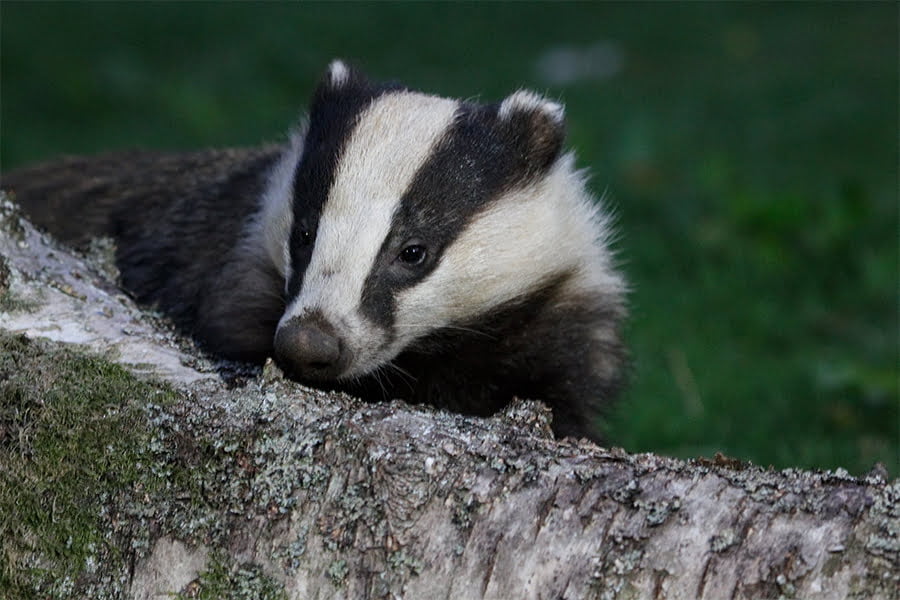
On a large agricultural site in South Yorkshire, TEP’s ecologists have been busy developing a flexible mitigation strategy, to help discharge planning conditions for a commercial development. A local badger clan had expanded their existing sett within a small, steep, quarry on site, and preconstruction surveys also identified two smaller outlier setts as well. As the development could not avoid impacting the main sett, our ecologists began scouting for a replacement.

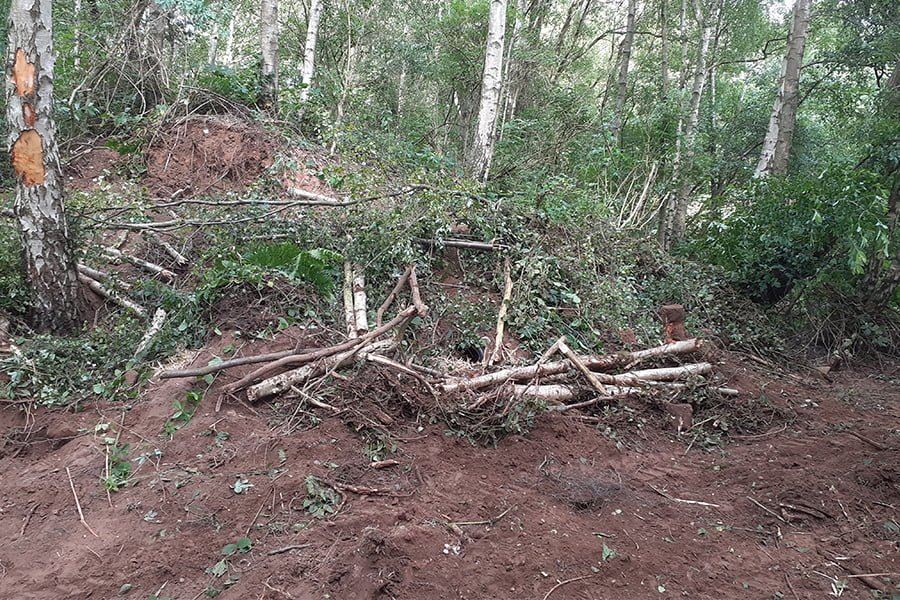
It didn’t take long to find the perfect location in a nearby woodland, with an existing large mound they could make use of. The next step was undertaking a short bait marking exercise, which concluded that badgers from the main sett foraged within the woodland and would likely find a replacement sett there. Alongside TEP’s Design team and Legacy Habitat Management Ltd, an artificial sett was designed and created with entrances, chambers, and blind-ending tunnels straight into the retained mound; this would allow the badgers to extend the sett naturally once they had discovered it. To speed up the process, the ecology team lay a very tempting sweet bait trail of peanuts, oats, treacle and syrup under rocks, stones and logs between the main and artificial setts.
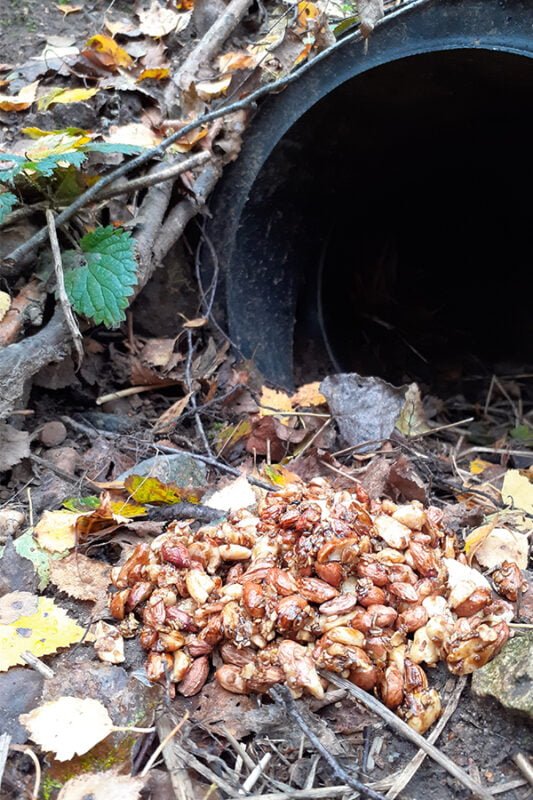
With the official licence and paperwork in place by mid-September, the sett closure works could start as soon as the badgers had found the replacement sett. However, during this time the extensive field of maize between the main and artificial sett had begun to ripen. With such a tasty snack so close, the badgers were ignoring the carefully laid treats around the field margin in favour of the corn and grass bedding next to their main sett.
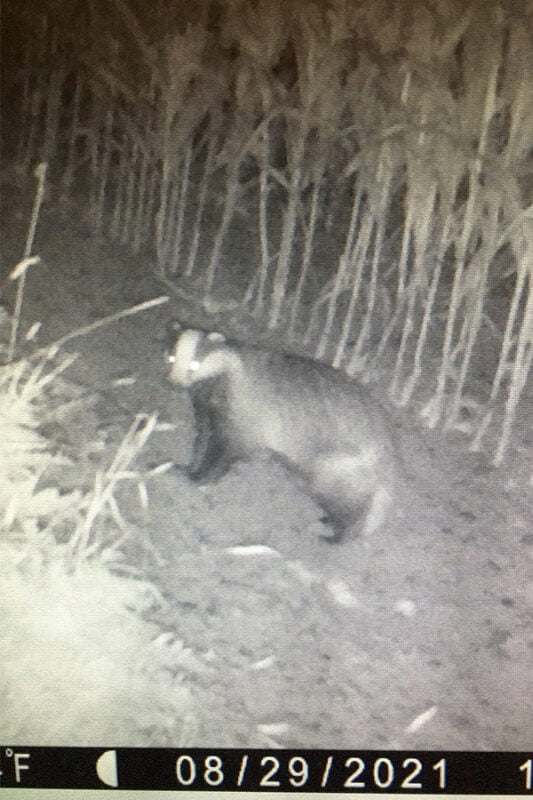
Sett closures can be complicated and time-consuming and with the license window closing in and no evidence of badgers at the replacement sett by early October, we began to discuss options with the client. TEP’s Ecology team proposed closing the two small outlier setts whilst the licence was still valid, enabling works to start on part of the site. Following the installation of one-way badger gates, and a patient wait of 21 days the setts were carefully dug back and destroyed before the licence expired. Now in the new year, the ecology team will begin laying bait trails and monitoring badger activity across the site again, a time when badgers become more active. All being well it won’t be too long before they find and settle into their new home.
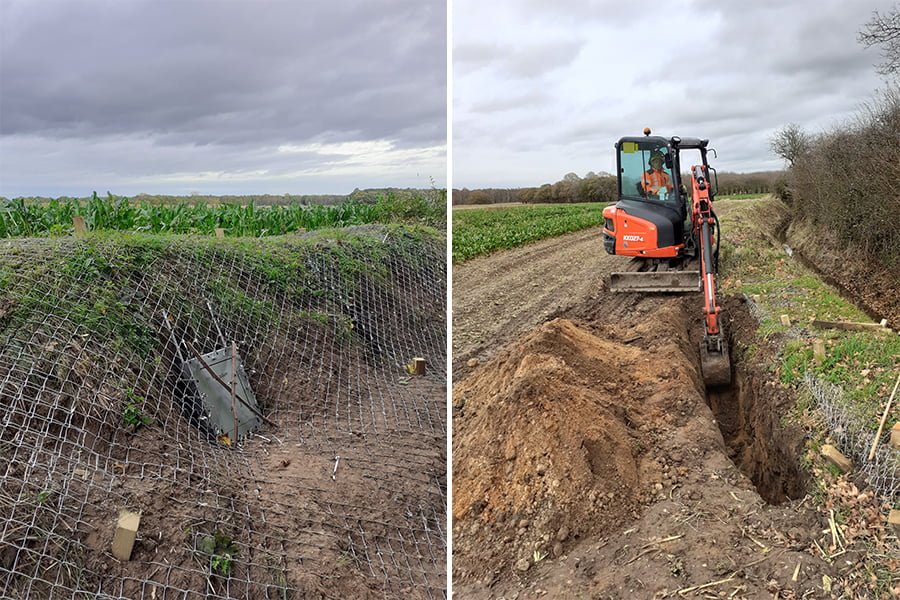
The optimum time for undertaking badger surveys is February to April, coinciding with a peak in territorial activity and before vegetation starts to obscure field signs. If you are looking to programme in some badger surveys or need advice on badger mitigation or licensing, please get in touch with our ecology team.








